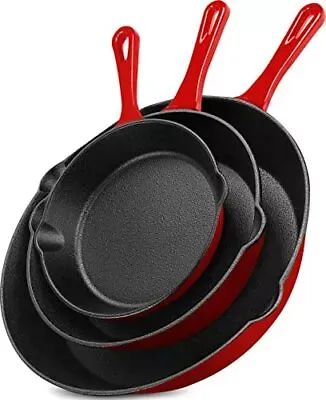
cast iron dutch oven for bread
The Perfect Companion for Bread Baking Cast Iron Dutch Ovens
In the world of culinary tools, few pieces are as versatile and beloved as the cast iron Dutch oven. Renowned for its ability to retain and distribute heat evenly, this kitchen staple has gained popularity among home bakers, particularly for baking bread. Whether you’re an experienced bread maker or a novice eager to try your hand at baking homemade loaves, a cast iron Dutch oven could be your perfect companion in this delicious endeavor.
Why Choose a Cast Iron Dutch Oven for Bread?
One of the primary benefits of using a cast iron Dutch oven for baking bread is its excellent heat retention. Unlike lighter materials, cast iron absorbs and radiates heat effectively, creating a consistent baking environment that is crucial for achieving that perfect crust. When you place your dough inside a preheated Dutch oven, the cast iron walls radiate heat from all sides, promoting even cooking and allowing bread to rise optimally.
Additionally, the heavy lid of a cast iron Dutch oven traps steam that is released from the dough during the first stages of baking. This steam is vital for achieving a crispy, artisan-quality crust that many bakers strive for. As the steam fills the pot, it keeps the outer layer of the dough moist, allowing the bread to expand fully and create a beautiful oven spring – that desirable puffiness that makes freshly baked bread so enticing.
Types of Bread Suited for Cast Iron Dutch Ovens
Cast iron Dutch ovens are perfect for a variety of bread styles, from rustic artisan loaves to hearty sourdough. The high temperatures that these ovens can withstand make them particularly well-suited for baking crusty breads with a chewy interior. Additionally, you can bake no-knead breads, which require minimal effort and yield impressive results. The Dutch oven's ability to trap steam allows these breads to develop a crusty exterior while remaining moist inside.
cast iron dutch oven for bread

Tips for Using Your Dutch Oven
1. Preheat Properly Preheating your cast iron Dutch oven is a crucial step in the bread-baking process. Aim to preheat it for at least 30 minutes at a temperature of around 450°F (232°C). This ensures that your bread starts cooking immediately upon being placed inside, which is essential for achieving a good rise.
2. Use Parchment Paper For easy transfer of your dough into the Dutch oven, consider using parchment paper. Place your dough on a sheet of parchment, allowing you to lift it effortlessly into the preheated pot without deflating the dough.
3. Experiment with Recipes Don’t hesitate to explore different bread recipes from classic white loaves to whole grain varieties. The versatility of the Dutch oven means you can experiment without the fear of ruining your bread due to uneven cooking.
4. Care and Maintenance Maintaining your cast iron Dutch oven is crucial to its longevity. After each use, clean it with hot water and a soft sponge. Avoid using soap, as this can strip the seasoning. Dry it thoroughly and apply a thin layer of oil to keep it seasoned and ready for your next baking adventure.
Conclusion
A cast iron Dutch oven is more than just a piece of cookware; it’s a tool that enhances your bread-baking experience. With its unmatched heat retention and steam-trapping capabilities, it allows you to achieve bakery-quality bread in the comfort of your home. So whether you’re baking a rustic loaf for a family gathering or experimenting with new recipes, your cast iron Dutch oven will prove to be an invaluable asset in your culinary toolkit. Embrace the art of bread-making with this timeless piece and elevate your baking game to new heights!
-
Season Cast Iron Perfectly with GPT-4 Turbo TipsNewsAug.01,2025
-
High Quality Cast Iron Cookware - Baixiang County Zhongda MachineryNewsAug.01,2025
-
Premium Cast Iron Pan: Durable & Perfect HeatNewsAug.01,2025
-
High Quality Kitchen Durable Black Round Cast Iron Cookware Pancake Crepe Pan-Baixiang County Zhongda Machinery Manufacturing Co., Ltd.NewsAug.01,2025
-
Cast Iron Cookware - Baixiang County Zhongda Machinery | Nonstick, Heat ResistanceNewsAug.01,2025
-
High Quality Kitchen Durable Black Round Cast Iron Cookware - Baixiang County Zhongda Machinery | Non-Stick, Heat Retention, DurableNewsJul.31,2025


